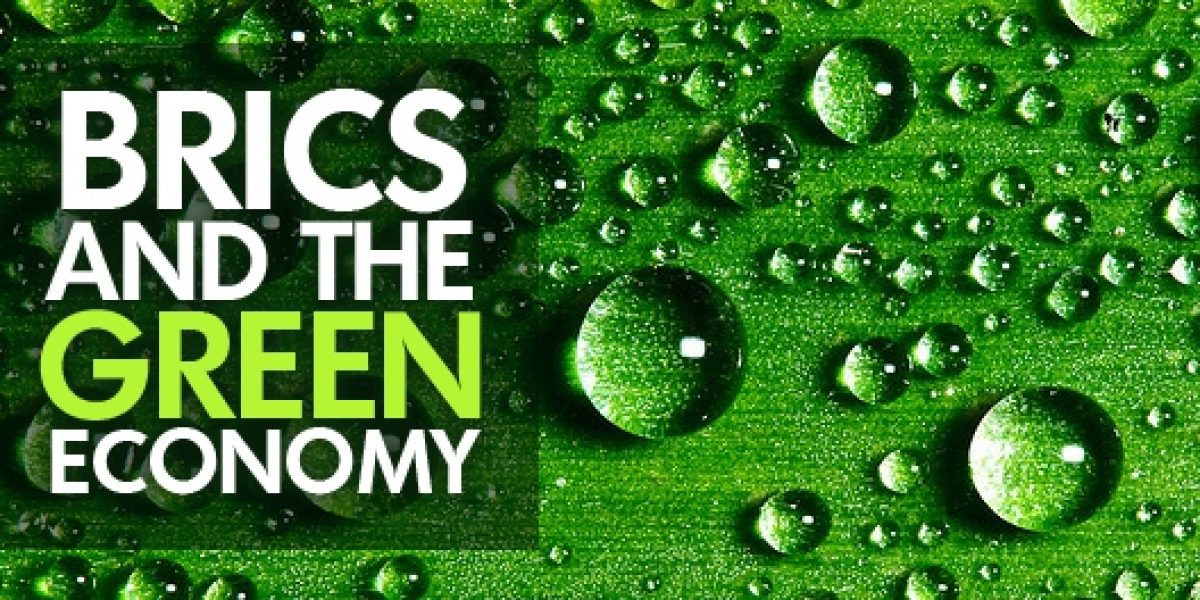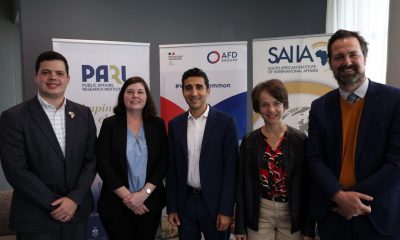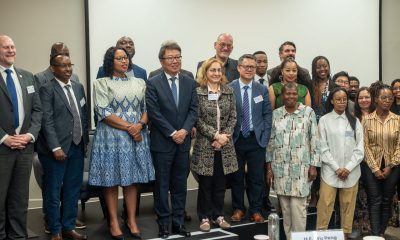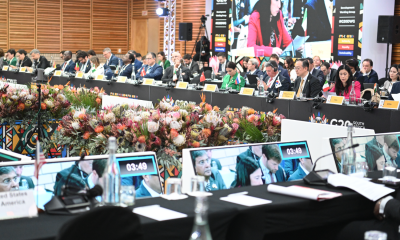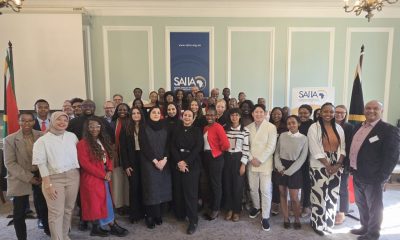Reflecting this the term “green economy” has seen an upsurge in interest globally and SAIIA’s Economic Diplomacy Programme is undertaking new research in this area, especially since the issue was placed on the Group of 20 (G-20) agenda in 2012.
The new research will interrogate the outcomes of the 2012 summit, held in Mexico, in areas of energy efficiency, poverty eradication, youth employment, trade and reduction in inequality in the Brazil, Russia, India, China and South Africa (BRICS) group of countries.
The G-20 represents 85% of the world’s output and world trade, and two-thirds of the world’s population. With its substantial economic power, this leading forum for global economic cooperation aims to drive the world economy on a growth path that is socially inclusive, sensitive towards the environment, and pro-poor.
However, despite its size and economic capabilities, the G-20 has failed to translate its rhetorical commitment to green growth and sustainable development into practice.
Hastening the development and diffusion of new low-carbon technologies worldwide is central to lessening carbon emissions. However, there are no rules of engagement concerning how to achieve green growth, nor are there clear guidelines on what are appropriate policies to implement it.
The debate is complicated by the fact that energy-efficient technologies are being developed in industrialised countries, whereas they are urgently required to mitigate carbon emissions in fast-growing emerging economies, like Brazil, Russia, India, China and South Africa – the BRICS countries. Global diffusion of these technologies will require considerable policy and economic manoeuvres, since developing countries are unwilling to bear the financial costs associated with their adoption, while the inventor firms in industrialized countries are reluctant to sign over their intellectual property rights.
What are the challenges that the BRICS countries contend with in reorienting their economies towards a low-carbon growth trajectory? What kind of trade-offs have to be made? Do they have the capacities to undertake this structural change?
Three new SAIIA Occasional Papers address these questions in relation to China, India and Brazil.
Resources
- The Green Economy and the BRICS Countries: Bringing Them Together (SAIIA Occasional Paper No 170, December 2013)
- South Africa’s Green Economy Transition: Implications for Reorienting the Economy Towards a Low-Carbon Growth Trajectory (SAIIA Occasional Paper No 168, December 2013)
- The Green Economy in the G-20, Post-Mexico: Implications for Russia (SAIIA Occasional Paper No 192, June 2014)
- The Green Economy in the G-20, Post-Mexico: Implications for India (SAIIA Occasional Paper No 165, November 2013)
- The Green Economy in the G-20, Post-Mexico: Implications for Brazil (SAIIA Occasional Paper No 163, November 2013)
- The Green Economy in the G-20, Post-Mexico: Implications for China (SAIIA Occasional Paper No 162, November 2013)

